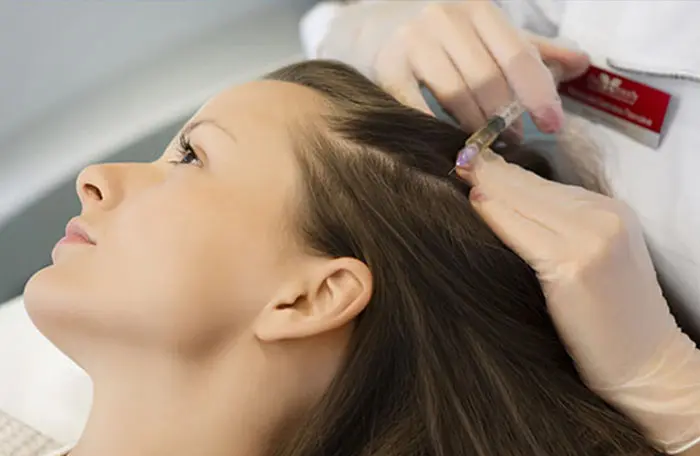Hair transplant surgery has become a popular solution for individuals seeking to restore hair growth and address pattern baldness. Post-surgery care is critical for the success of the transplant and the overall satisfaction of the patient. One often recommended item in post-operative care is the headband. This article explores the significance of wearing a headband after a hair transplant, including its benefits, proper usage, and recommendations for ensuring optimal results.
Understanding Hair Transplant Surgery
Overview of Hair Transplant Procedures
Follicular Unit Extraction (FUE): A minimally invasive technique where individual hair follicles are extracted and transplanted.
Follicular Unit Transplantation (FUT): Involves removing a strip of scalp and dissecting it into follicular units for transplantation.
Both techniques involve precision and require careful post-operative care to ensure the success of the transplant.
The Role of a Headband in Post-Operative Care
Stabilization of the Scalp
Purpose: A headband helps to keep the newly transplanted hair follicles in place.
Mechanism: By applying gentle pressure, the headband prevents dislodging of hair grafts, which is crucial for successful integration into the scalp.
Protection Against External Factors
Prevention of Infection: A headband can shield the scalp from dust, dirt, and other potential contaminants.
Avoiding Physical Trauma: It acts as a barrier against accidental bumps or scratches, which can disturb the healing process.
Minimizing Swelling and Discomfort
Swelling Control: Headbands can help in minimizing post-surgical swelling by providing gentle compression.
Comfort: Wearing a headband may also offer comfort and support, reducing the likelihood of discomfort from the surgery.
See Also: How Long Does a Hair Transplant Last?
Proper Use of a Headband After Hair Transplant
Choosing the Right Headband
Material: Opt for a soft, breathable fabric to avoid irritation.
Fit: Ensure the headband is snug but not too tight, to prevent additional pressure on the scalp.
Duration and Frequency
Immediate Post-Operative Period: Wear the headband as recommended by your surgeon, usually for the first few days.
Ongoing Use: Follow the specific instructions provided by your healthcare provider regarding the duration of use.
How to Wear a Headband
Placement: Position the headband gently over the forehead and adjust it so it covers the transplanted area without putting undue pressure.
Avoiding Overuse: Do not wear the headband longer than necessary, as prolonged use may affect blood circulation.
Potential Issues and Troubleshooting
Irritation and Discomfort
Causes: If you experience irritation, it could be due to the headband material or fit.
Solutions: Choose a hypoallergenic material and adjust the fit to alleviate discomfort.
Infection Risks
Prevention: Ensure the headband is clean and properly maintained.
Signs of Infection: Be aware of any redness, swelling, or discharge, and consult your surgeon if these occur.
Additional Post-Transplant Care Tips
Follow Surgeon’s Instructions
Adherence: Always follow the specific post-operative instructions provided by your surgeon.
Follow-Up Appointments: Attend scheduled follow-ups to monitor progress and address any concerns.
Avoiding Activities That May Affect Healing
Physical Activity: Refrain from strenuous activities that could disrupt the healing process.
Hair Care Products: Use only the recommended shampoos and products.
Diet and Lifestyle
Nutritional Support: Maintain a balanced diet to support hair growth and overall health.
Healthy Habits: Avoid smoking and excessive alcohol consumption, as these can impact healing.
Conclusion
Wearing a headband after a hair transplant is an essential part of the post-operative care routine. It helps stabilize the transplanted follicles, protects the scalp, and reduces swelling and discomfort. By selecting the appropriate headband and following proper usage guidelines, patients can significantly enhance the success of their hair transplant and achieve the best possible results.
Ensuring proper post-operative care, including the use of a headband, is crucial for the long-term success of hair restoration procedures. Patients should always adhere to the recommendations provided by their healthcare provider and maintain a proactive approach to their recovery.
Related topics:

